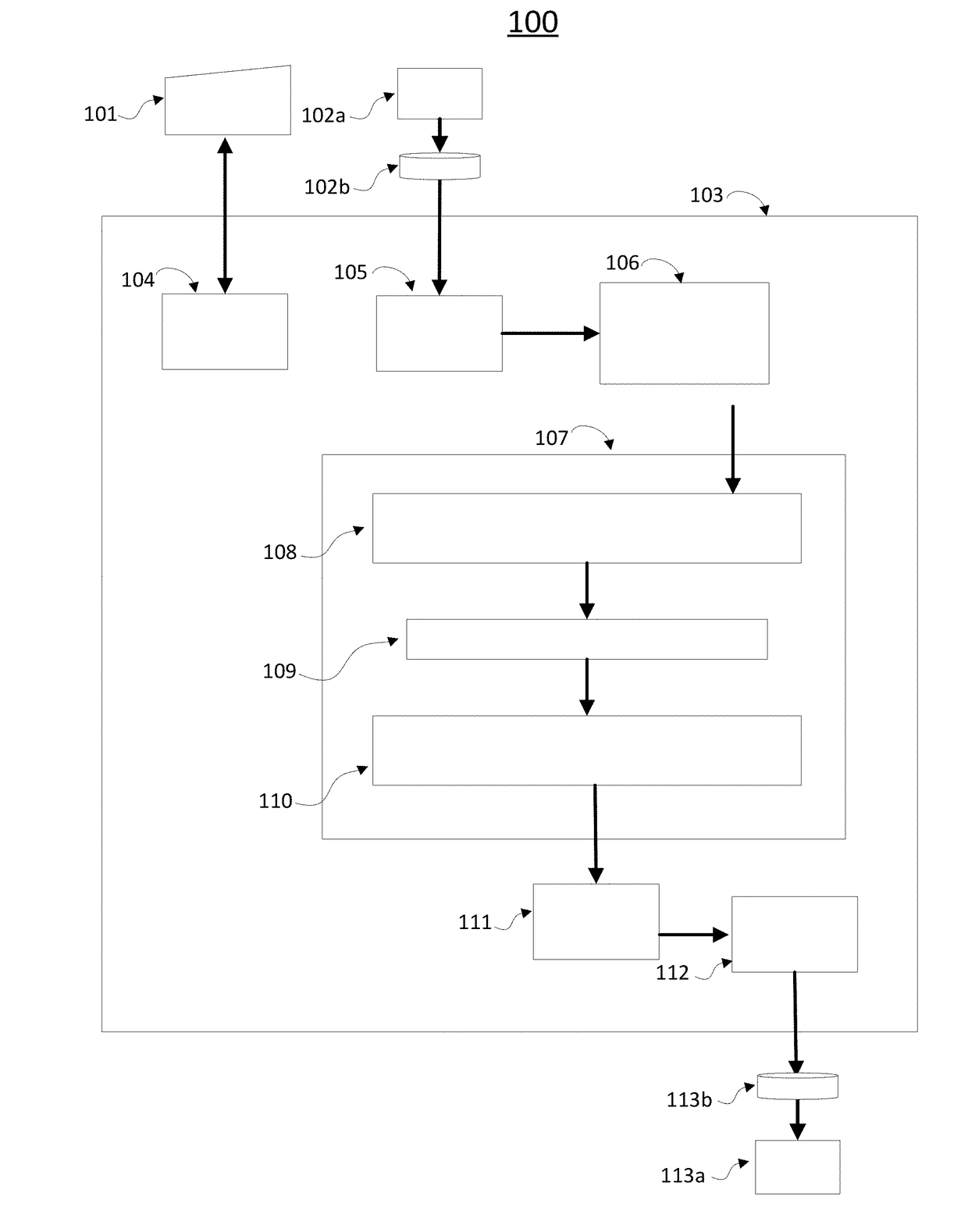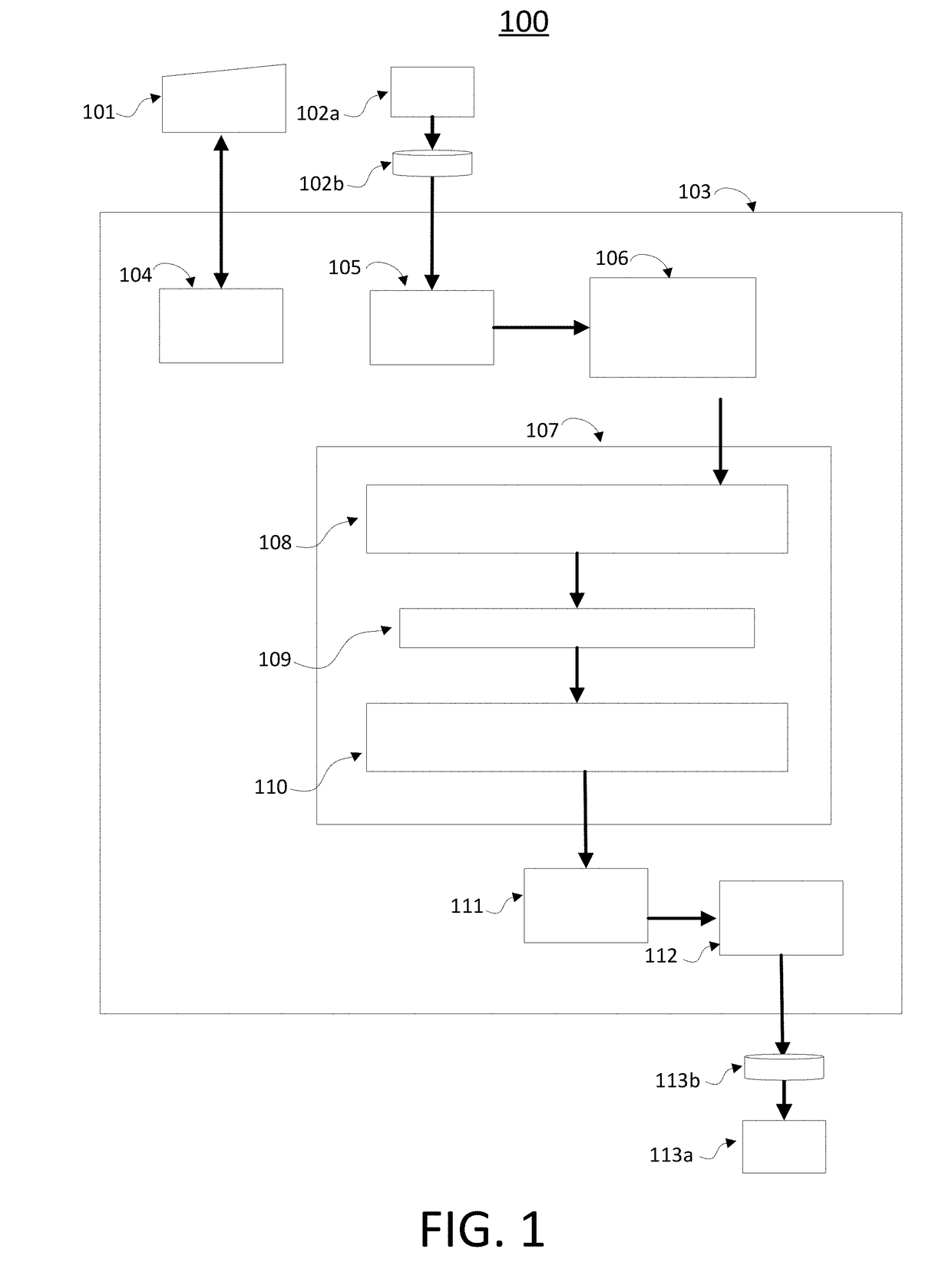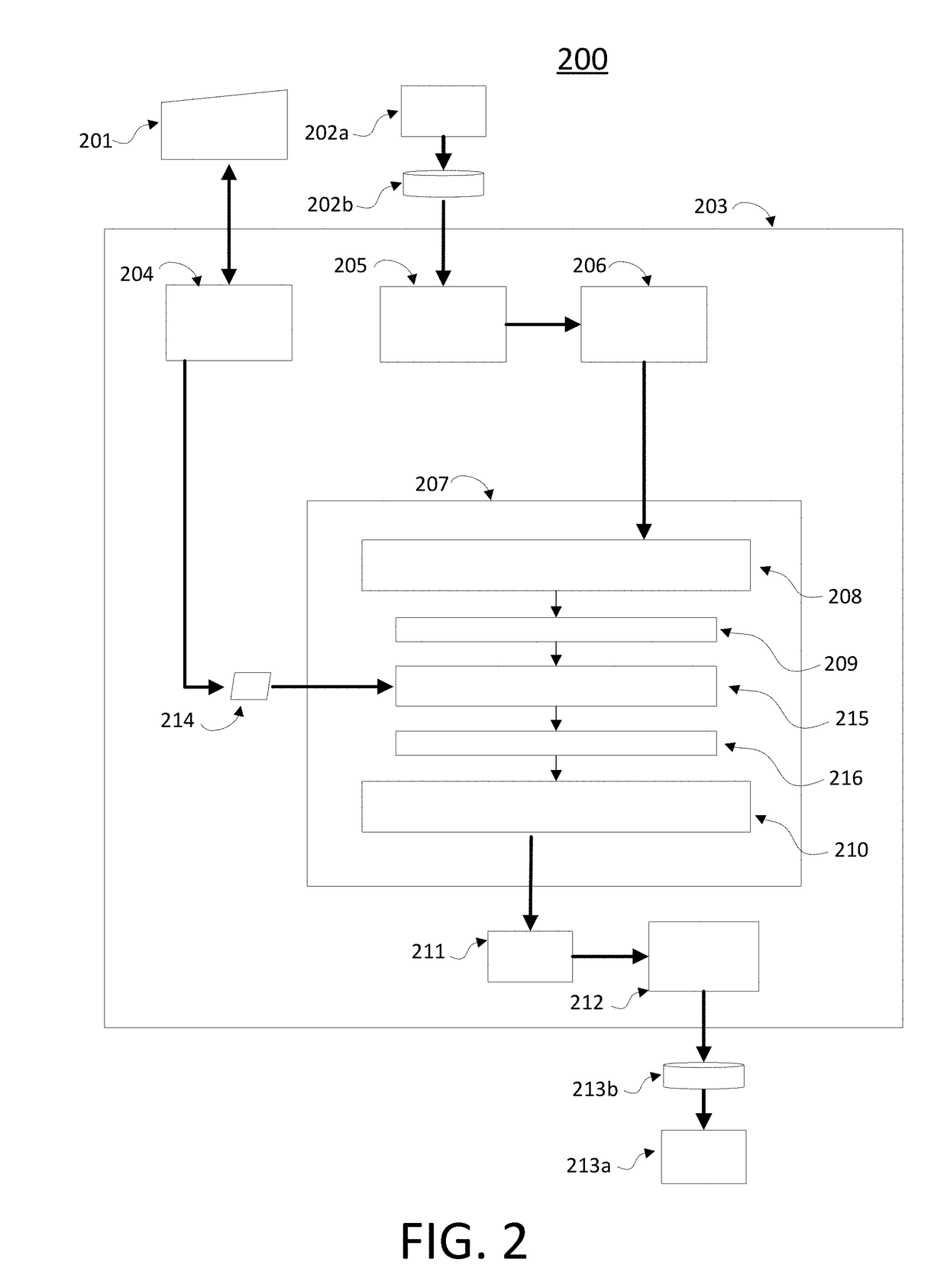Cryptographic asic including circuitry-encoded transformation function
a technology of transformation function and circuitry, applied in the direction of digital transmission, encryption apparatus with shift register/memory, instruments, etc., can solve the problems of trade-off between computational speed and flexibility, and achieve the effects of easy deciphering, great expansion of the flexibility of its deployment, and easy distinguishing from nois
- Summary
- Abstract
- Description
- Claims
- Application Information
AI Technical Summary
Benefits of technology
Problems solved by technology
Method used
Image
Examples
Embodiment Construction
[0003]According to various embodiments of the disclosed technology, an integrated circuit is provided for use in proof-of-work based cryptographic verification processes, including but not limited to the cryptographic network transaction verification systems often used in the emerging field of blockchain technology. The integrated circuit includes one or more blocks of circuitry implementing a cryptographic function, generally a cryptographic one-way function (OWF) that is hard to reverse, such as a secure hashing algorithm. One or more transformation functions selected by one or more users and embodied as blocks of datapath circuitry are placed on the integrated circuits datapath at a point prior to at least one of the blocks of circuitry implementing a cryptographic function described above. Each block of circuitry implementing the transformation function may be programmed by the user by supplying a configuration key, for example, a key composed of a string of binary digits. Such ...
PUM
 Login to View More
Login to View More Abstract
Description
Claims
Application Information
 Login to View More
Login to View More - R&D
- Intellectual Property
- Life Sciences
- Materials
- Tech Scout
- Unparalleled Data Quality
- Higher Quality Content
- 60% Fewer Hallucinations
Browse by: Latest US Patents, China's latest patents, Technical Efficacy Thesaurus, Application Domain, Technology Topic, Popular Technical Reports.
© 2025 PatSnap. All rights reserved.Legal|Privacy policy|Modern Slavery Act Transparency Statement|Sitemap|About US| Contact US: help@patsnap.com



